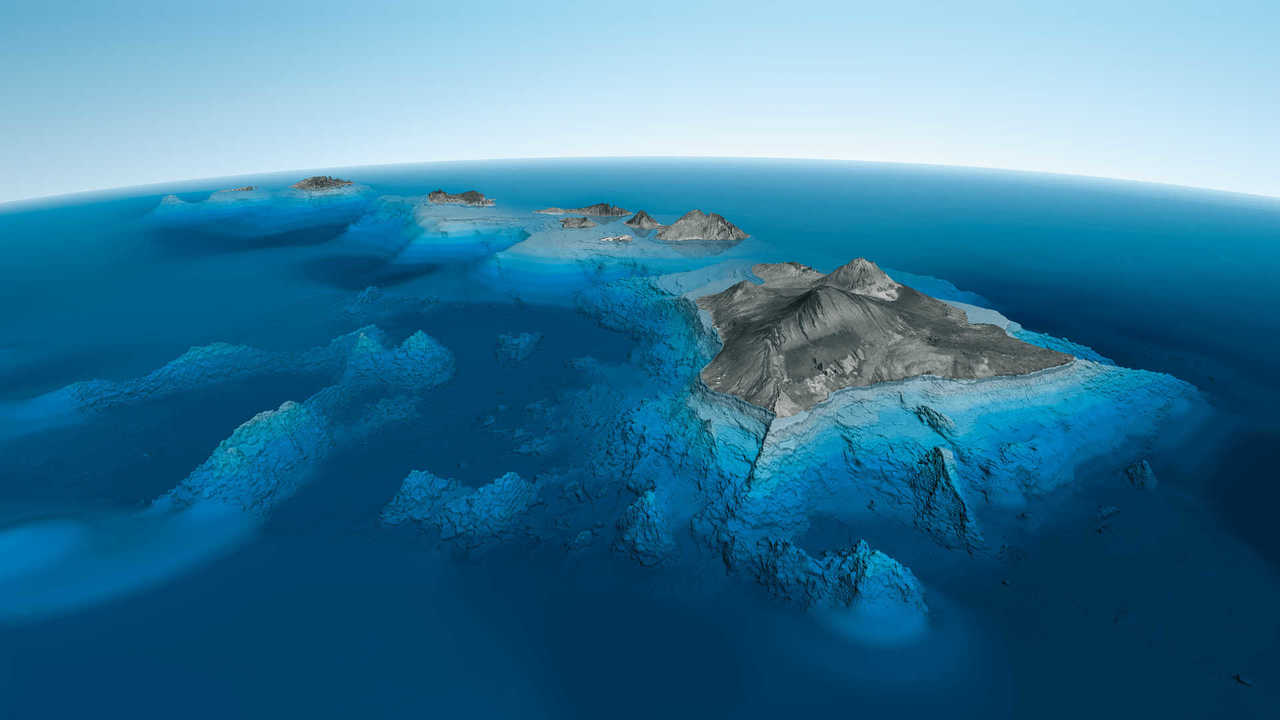

The State of Hawaii Board of Land and Natural Resources (BLNR) deliberated and decided to approve a Conservation District Use Permit (CDUP) that would allow construction of the Thirty Meter Telescope on Maunakea on Hawaii Island.
The BLNR vote was 5-2 in favor of granting the permit. The decision followed nearly five months of evidentiary hearings that ran from October 2016 to March 2017, after which contested case Hearings Officer and former Judge Riki May Amano released a 305-page report recommending the State Land Board issue the CDUP.
In its decision, the Land Board determined that the Thirty Meter Telescope “will not pollute groundwater, will not damage any historic sites, will not harm rare plants or animals, will not release toxic materials, and will not otherwise harm the environment. It will not significantly change the appearance of the summit of Mauna Kea from populated areas on Hawaii Island.
“The TMT site and its vicinity were not used for traditional and customary native Hawaiian practices conducted elsewhere on Mauna Kea, such as depositing piko, quarrying rock for adzes, pilgrimages, collecting water from Lake Waiau, or burials. The site is not on the summit ridge, which is more visible, and, according to most evidence presented, more culturally important than the plateau 500 feet lower where TMT will be built.”
Following the Board’s decision, TMT International Observatory Board Chair Henry Yang released the following statement:
“On behalf of the TMT International Observatory LLC, we express our sincere appreciation to the Board of Land and Natural Resources, hearing officer Judge Riki May Amano and other officials involved in carrying out the thorough process called for in the remand decision issued by the Hawaii Supreme Court in December 2015. We thank all community members who contributed their thoughtful views during the hearing process and we are deeply grateful to our many friends and supporters for standing with us over the years.
“We are greatly encouraged by BLNR’s decision today to grant the CDUP. Following this approval, TIO will continue to respect state procedures and to comply fully with applicable legislation and regulation. In moving forward, we will listen respectfully to the community in order to realize the shared vision of Maunakea as a world center for Hawaiian culture, education, and science.”
More Information
Find out more about the contested case process in Hawaii at http://www.maunakeaandtmt.org/cdup-contested-case/
Hawaii Board of Land & Natural Resources Hears Final Arguments in Conservation District Use Permit Contested Case
TMT Communications and Information System Ready to Enter Preliminary Design Phase